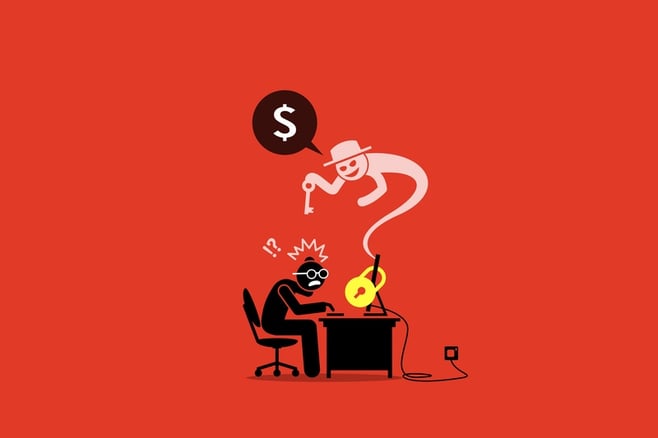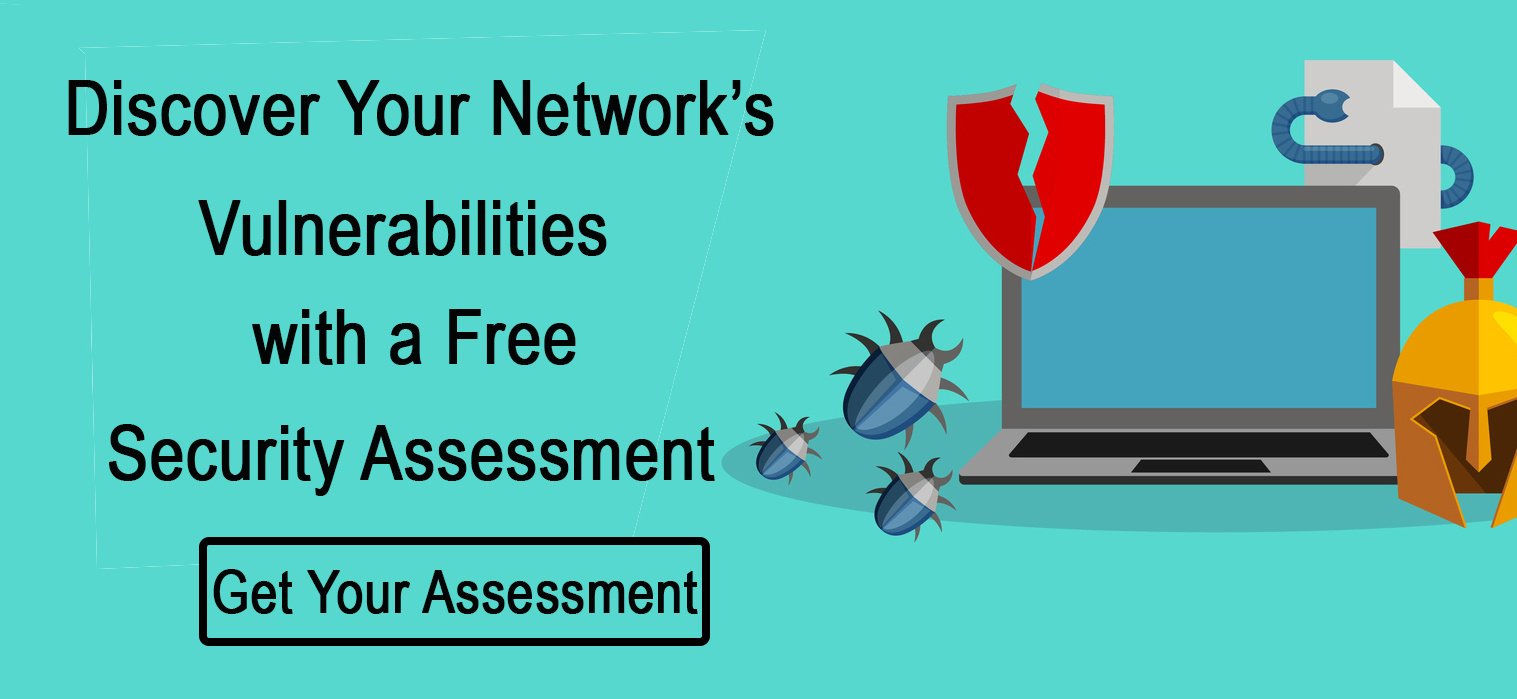
If you thought ransomware wouldn't be in the news again after "WannaCry" came and went last May, think again. Ransomware continues to be the fastest-growing area of
 Well, it's back, and -according to researchers- it's been retooled to be harder than ever to crack.
Well, it's back, and -according to researchers- it's been retooled to be harder than ever to crack.
All this just speaks to how incredibly important it is for businesses of all sizes to maintain backups and always keep their vulnerabilities patched.
There Is No Excuse Not To Patch
One thing which often puzzles those outside corporate IT is how it is that these crypto-ware attacks can succeed at all. They rarely, if ever, make use of "zero
Yet ransomware still successfully attacks businesses every day.
So why aren't these people patching regularly?
Sure, in some cases - particularly
But that really doesn't cover the wide range of businesses and other organizations getting hit by easily-prevented malware.
One factor is the inconvenience of patching. On many systems, particularly those which are Windows-based, patching requires downtime. Windows 7 and 8 are downright infamous for how long their updates can render a computer unusable. And the C-level hates downtime. We've even heard anecdotal stories about IT departments being denied permission to install updates specifically because the amount of downtime was deemed unacceptable.
In such cases, we can really just urge IT to get more involved in higher-level
There's also the issue of network-level patches sometimes being difficult to locate and install. Luckily, this is becoming less of an issue. Networking brands such as ADTRAN and Meraki are making network OS patches simple, easy, and often so seamless they create no downtime at all. We're now regularly recommending users on older network architectures migrate towards something that simplifies security updates.
Whatever the reason, though, there's just no excuse for running unpatched systems. It's an absolutely unacceptable risk that is more and more likely to cause very expensive problems.
If you need help maintaining your own system security, Hummingbird can help! Contact us today for a free consultation.











